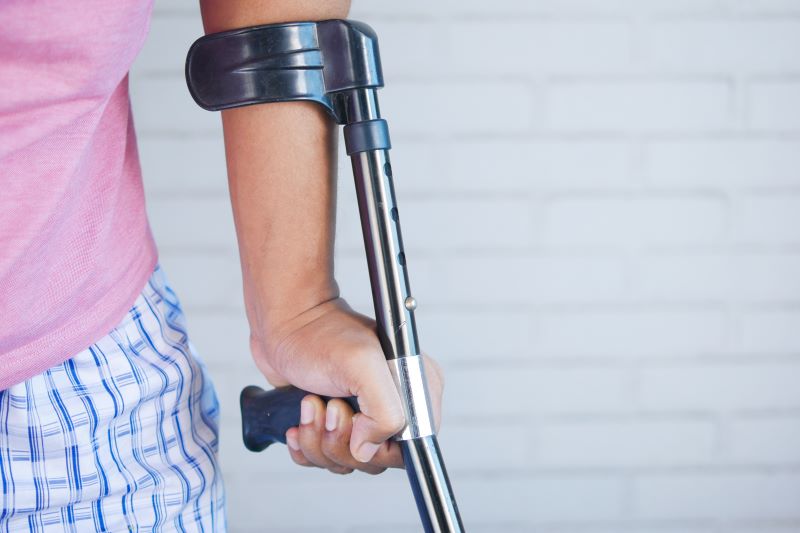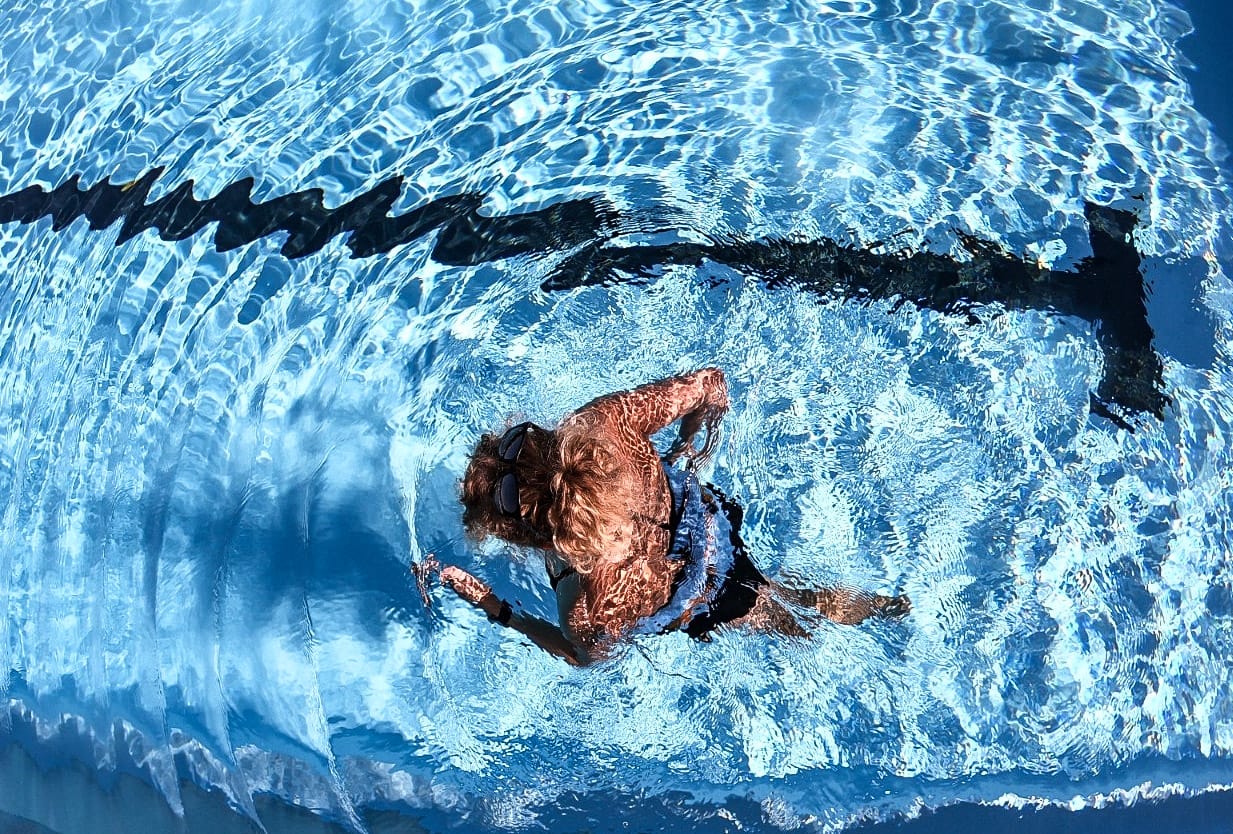Love Letter to Running
- Home
- Blog
Dear Running,
I haven’t seen you in a while. Back in April, I didn’t know I wouldn’t put on my running shoes for almost 4 months. But when the MRI revealed a stress fracture in the fibula, I quickly learned that this would mean a long time off. Seven weeks without cycling, twelve weeks without running. At the beginning, these three months felt like an eternity. But now it is almost three months later and I have to admit time flew by faster than I thought.
Although I was missing you every single day, I realize I am lucky to be missing something so much. Because it means that I truly love what I’m doing. And because three months later, I do not only know what exactly I miss about running, but also why I love it so much.
Flying. Some days, running feels like flying. When there’s nothing else to think about than moving my legs forward, each step feels like beating my wings.
Being in nature. Running takes me places no vehicle could take me. There’s a power in running in nature because there’s nothing that feels more peaceful to me.
Letting go. Running is my favorite place of meditation. When my legs are carrying me over trails, I can free myself and let go of memories, thoughts, and emotions.
Being inspired. They say, inspiration comes in stillness. And my best ideas usually join me on the run.
I’m counting down the days until I’ll have my next date with you. Only one more week to go!
Post Tags
About The Author
I did my first triathlon on a pink kid’s bike with training wheels at six years old. That’s where my love for the sport was born, but it took another decade until I figured out that I wanted to combine my passions for sports and writing.
Disclaimer
All resources and information shared on this website are only for informational purposes and aren’t intended to diagnose, treat, or cure any condition or disease.













